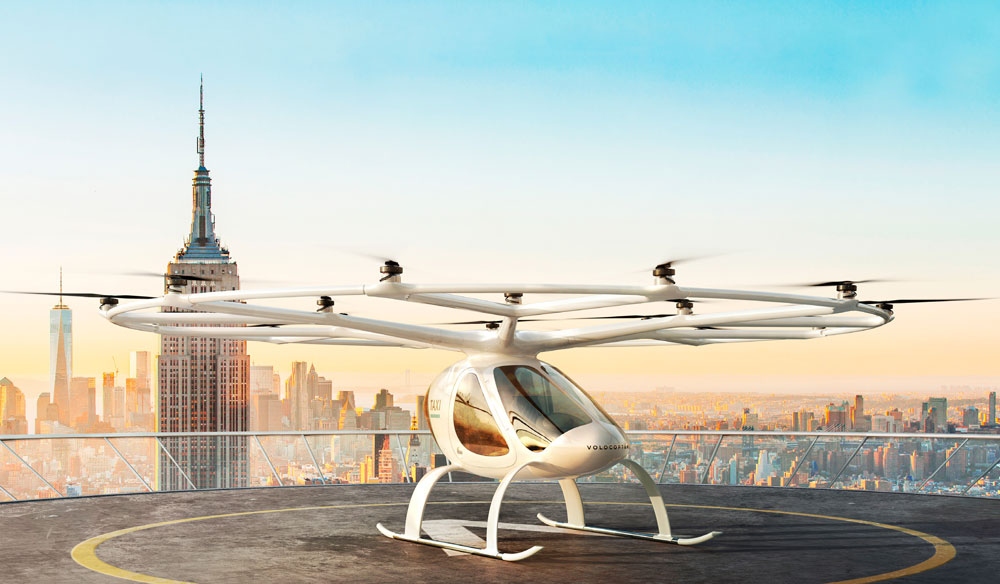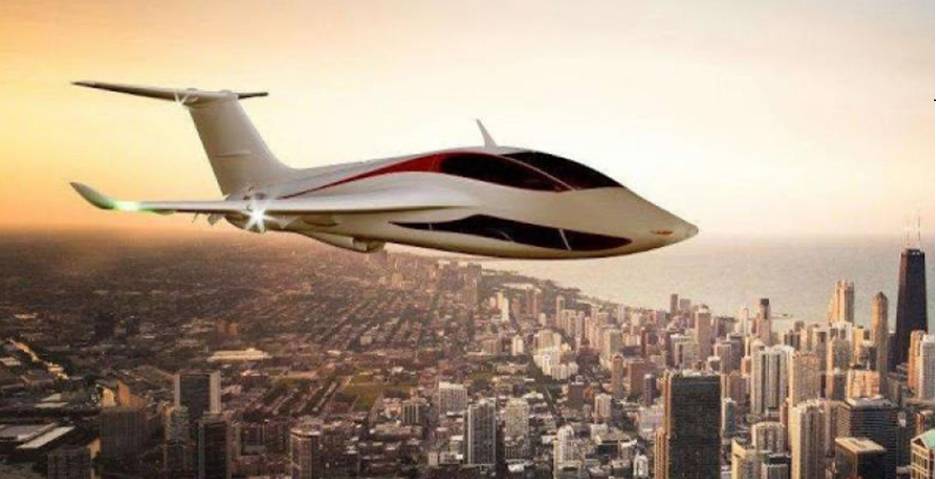AEROSPACE Modelling and simulation for urban air mobility
Simulating the urban air mobility future
GORDON WOOLLEY FRAeS from the RAeS Flight Simulation Group considers what modelling and simulation is needed to de-risk the futuristic vision of ‘aerial taxis’ navigating the skyscrapers of tomorrow’s megacities.
 The VoloCity Volocopter personal air vehicle is hoping to be the future of urban travel. Volocopter
The VoloCity Volocopter personal air vehicle is hoping to be the future of urban travel. Volocopter
Recent RAeS activities, including conferences and articles in AEROSPACE, have examined many aspects of the development of electric air vehicles (EAVs), particularly for urban air mobility (UAM). The Flight Simulation Group, for its part, has begun to look at how modelling and simulation can be used to support those developments. This has been given new impetus by the release, within the past few months, of important papers by EASA – Opinion 01/2020 High level framework for the U-space, – and the FAA – Concept of operations (Conops) v1.0 for UAM and Concept of operations v2.0 for Unmanned air systems traffic management (UTM) and a proposal by a major Chinese company, EHang – The Future of Transportation: White Paper on Urban Air Mobility Systems.
These documents set the stage for the first ventures into bringing EAVs into service and sketch out the operating environments, constraints and standards and compliances needed to get the process off to a sound start.
All acknowledge the potential, at some point in the future, of a full range of platforms from passenger-carrying air taxis at the top end and large freight-carrying air vehicles to small drones weighing a couple of kilos.
- These will operate between large, well-resourced heliports, or simpler bases from parcel distribution centres, from hospitals and emergency services bases and from ad hoc sites.
- Their roles will include passenger carrying, the delivery of freight and packages, survey work of various kinds, event and media coverage, recreational and sporting activities and some purposes likely to emerge which we cannnot yet imagine.
- They will be operated in close proximity to the ground, in the most hazardous and sensitive blocks of airspace.
- They will perform far more varied flight profiles between a far greater range of sites, at far higher tempo, than established aviation services.
- They will use technologies which have yet to be fully developed.
- Their operation will raise public concerns over issues such as noise, nuisance, interference with other everyday activities and, not least, privacy.



